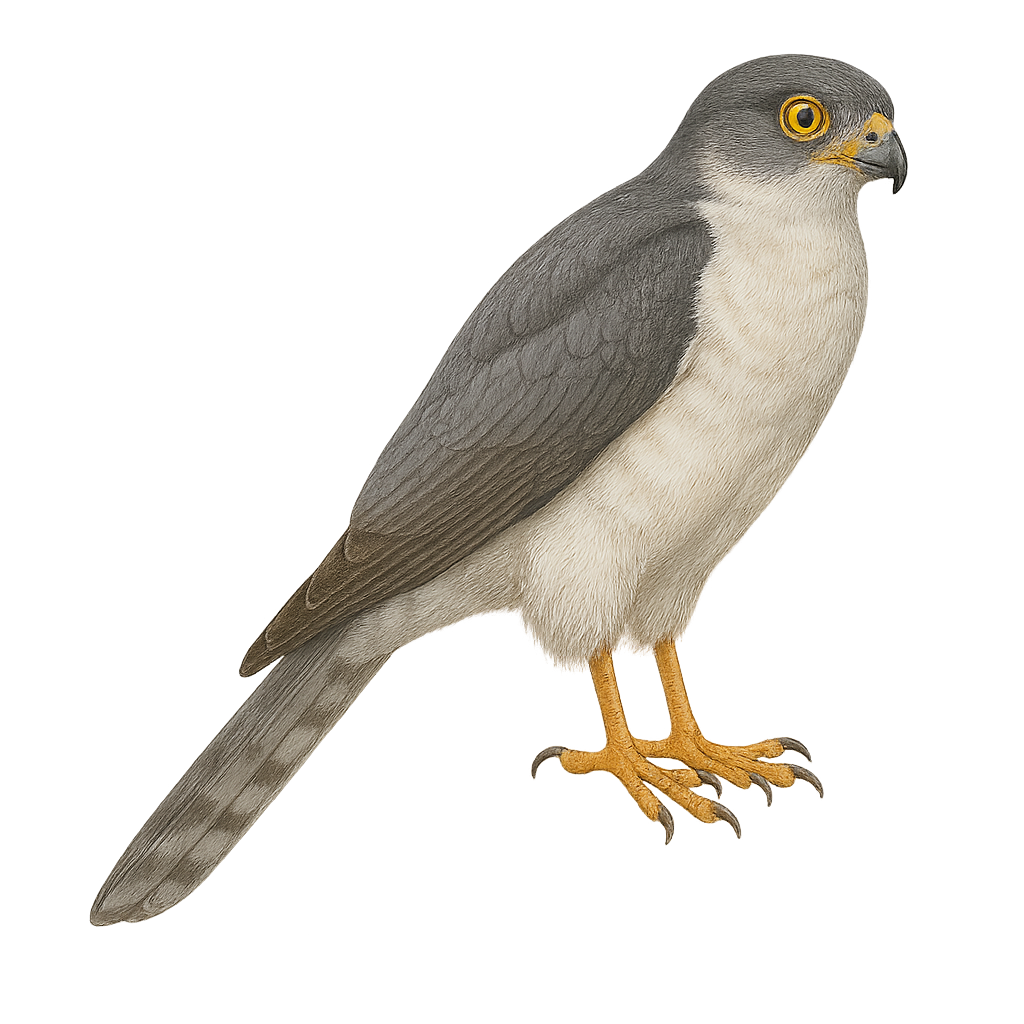Your wildlife photography guide.
Explore the frances's sparrowhawk in detail, study its behavior, prepare your shots.
Where to observe and photograph the frances's sparrowhawk in the wild
Learn where and when to spot the frances's sparrowhawk in the wild, how to identify the species based on distinctive features, and what natural environments it inhabits. The WildlifePhotographer app offers tailored photography tips that reflect the frances's sparrowhawk’s behavior, helping you capture better wildlife images. Explore the full species profile for key information including description, habitat, active periods, and approach techniques.
Frances's Sparrowhawk
Scientific name: Tachyspiza francesiae

IUCN Status: Least Concern
Family: ACCIPITRIDAE
Group: Birds
Sensitivity to human approach: Suspicious
Minimum approach distance: 10 m
Courtship display: October to January
Incubation: 11-13 jours
Hatchings: October to February
Habitat:
Tropical forests, savannas, wooded areas
Activity period :
Primarily active during the day, with peak activity in the morning and late afternoon.
Identification and description:
The Frances's Sparrowhawk, or Accipiter francesiae, is a small raptor endemic to Madagascar. This agile predator is recognizable by its slender silhouette and short, rounded wings, ideal for maneuvering through dense forests. Its plumage is generally gray on top and white with brown streaks underneath, allowing it to blend into its environment. It primarily feeds on small birds, insects, and occasionally small mammals. The Frances's Sparrowhawk is a discreet bird, often difficult to observe due to its shy behavior. It plays a crucial role in controlling the populations of its prey, thus contributing to the ecological balance of its habitat.
Recommended lens:
400 mm – adjust based on distance, desired framing (portrait or habitat), and approach conditions.
Photography tips:
To photograph the Frances's Sparrowhawk, it is advisable to use a telephoto lens of at least 400mm to capture detailed images from a distance. Given its suspicious behavior, it is best to remain discreet and blend into the environment to avoid startling it. The tropical forests where it resides often offer dim lighting, so adjusting the ISO and aperture may be necessary to obtain sharp shots. Opt for early morning or late afternoon hours to benefit from soft light and avoid harsh shadows.
The WildlifePhotographer App is coming soon!
Be the first to explore the best nature spots, track rutting seasons, log your observations, and observe more wildlife.
Already 1 431 wildlife lovers subscribed worldwide

